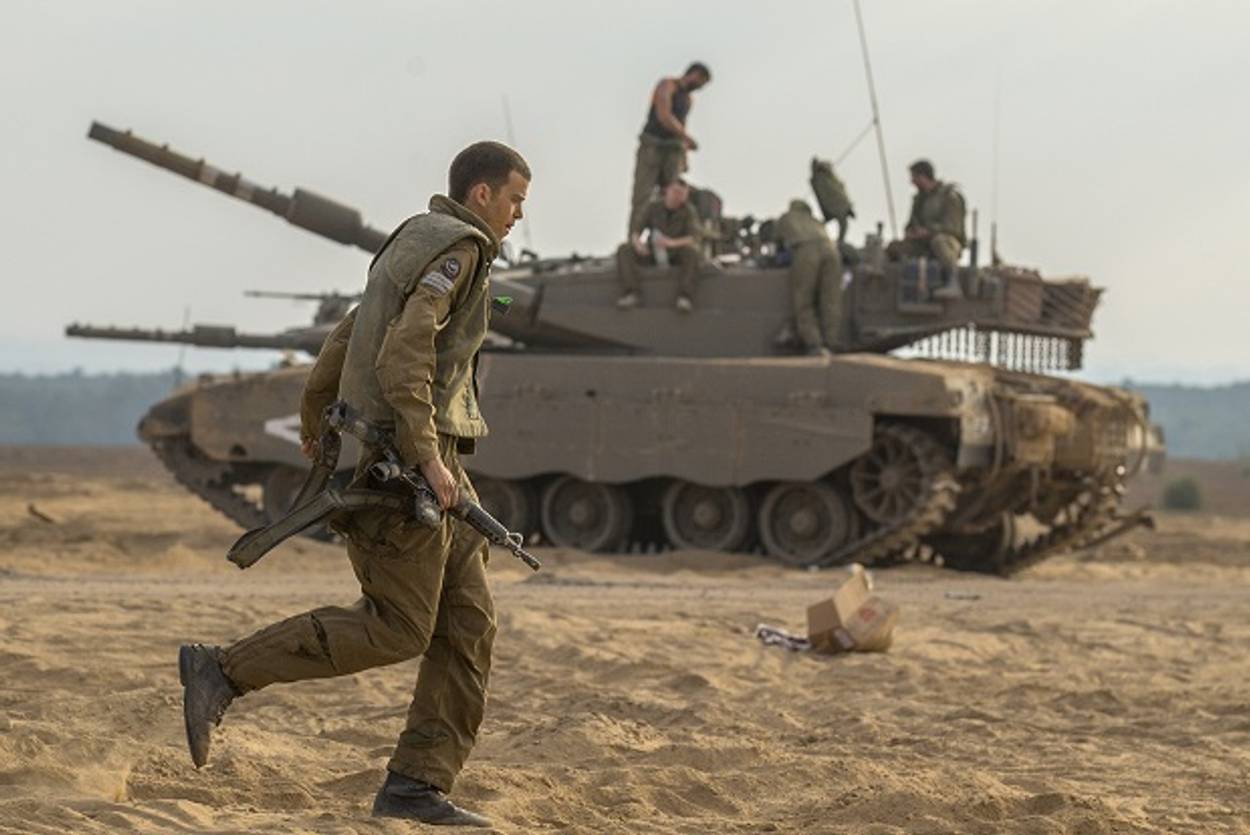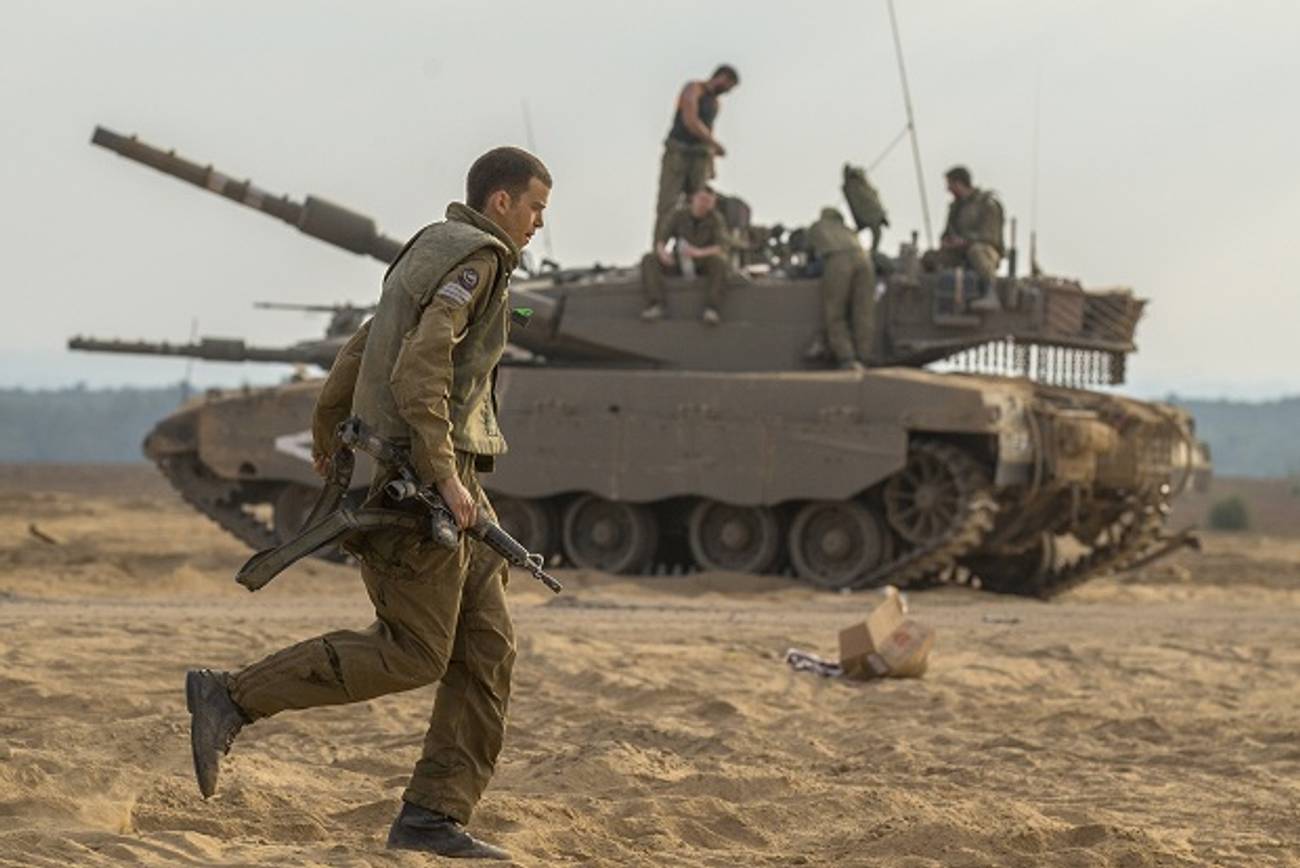New York Times Slams Its Own Pulitzer-Prize Winning Photographer In Gaza
Says Legendary Photojournalist Tyler Hicks is Bad at His Job




If you have ever wondered why the New York Times photo coverage from Gaza has almost exclusively consisted of dead and bleeding Palestinian children in Shifa Hospital, with nary a Hamas gunman or missile launch from a school or a mosque to fill out the narrative of events on the ground, the newspaper of record has an astonishing answer: Pulitzer Prize-winning photographer Tyler Hicks really sucks at his job.
For anyone who knows anything about photojournalism, the Times’s answer raises some very serious questions about the sanity of the people who are running the newspaper, as well as the paper’s loyalty to one of the greatest photographers of his era who has put his life at risk for the newspaper time and time again in global hot spots and conflict zones.
But according to Eileen Murphy, the Times Vice President for Corporate Communications, the paper’s photographers in Gaza, led by Hicks, are the sole reason for the radical imbalance in the Times photo coverage of the war. Or at least that’s what she told Uriel Heilman of JTA, when he asked the Times to explain why, out of the 37 images that made up the paper’s last 3 slideshows from Gaza, there wasn’t a single image of a Hamas fighter or rocket launch or anything else that might signal to readers that Israel hadn’t simply decided to maim and murder Palestinian children in the coastal enclave for sport.
Incredibly, the first part of Murphy’s answer blamed Times photographers for apparently submitting only a handful of low-quality images:
Our photo editor went through all of our pictures recently and out of many hundreds, she found 2 very distant poor quality images that were captioned Hamas fighters by our photographer on the ground. It is very difficult to identify Hamas because they don’t have uniforms or any visible insignia; our photographer hasn’t even seen anyone carrying a gun.
Is this really how a legendary photojournalist like Tyler Hicks operates? Two very distant low-quality images, and nary a sight of a single person carrying a gun in all of Gaza during a three-week long conflict in which over 1500 people have died? If Hicks’ assignment took him anywhere else besides Gaza, one might suspect him of holding up the hotel bar.
The rest of Murphy’s answer provides only a tiny bit of insight into why Hicks’ performance has been so poor:
I would add that we would not withhold photos of Hamas militants. We eagerly pursue photographs from both sides of the conflict, but we are limited by what our photographers have access to.
The key word in the second part of Murphy’s response, of course, is “access.” Tyler Hicks is hardly lying down on the job: He’s doing incredibly hard and dangerous work in a combat zone where photographers are hardly free to take pictures of whatever they want. Which is the key point that Murphy and her bosses are determined to elide.
What the Times and other mainstream news outlets seem determined to hide from their readers is that their photographers and reporters are hardly allowed to roam freely. In fact, they are working under terribly difficult conditions under the effective control of a terrorist organization which–as the war itself indicates–doesn’t hesitate to maim, kidnap, and kill people that it doesn’t like.
How does being dependent on Hamas for your daily access–not to mention your life–potentially impact coverage? Well, the fact that the Times has only two distant, grainy, unusable images of Hamas gunmen from Tyler Hicks tells you all you need to know, doesn’t it.
If your imagination needs more help, here’s Liel Liebovitz’s column in Tablet:
In recent days alone, we’ve heard the account of Gabriele Barbati, an Italian journalist who, once leaving Gaza, tweeted: “Out of #Gaza far from #Hamas retaliation: misfired rocket killed children yday in Shati. Witness: militants rushed and cleared debris.” We’ve also heard from Radjaa Abou Dagga, a former correspondent for France’s Liberation whose attempts at practicing honest journalism got him summoned by Hamas thugs, accused of collaborating with Israel, and told to stop working as a reporter and leave the strip at once.
By playing coy with readers about the reasons why coverage is so imbalanced, the Times may think that it’s defending the work of its reporters and photographers. In fact, it’s making them and the paper look foolish–while serving as the propaganda arm of a terrorist organization. Someone at the paper needs to devote some serious attention to the reasoning that has transformed difficult working conditions on the ground into a glaring editorial failure.